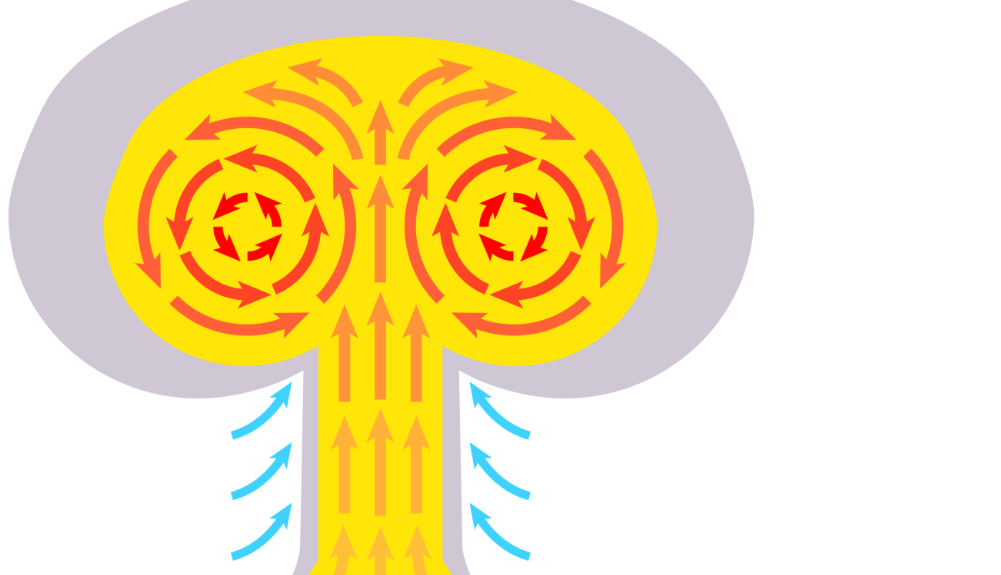We know that someday, billions of years from now, the sun will burn out (or explode?) and that’ll be curtains on our cozy earthly home. Bet you didn’t know, however, that the big orange fireball in the sky could’ve been partly responsible for the final global chapter back in 1967?
Thanks to a newly published report by a gaggle of United States Air Force officers, we know this to be the case, and it all started on May 23 of the aforementioned year, when the Ballistic Missile Early Warning System (BMEWS) suddenly stopped working — with the prevailing thought being that the Soviets had figured out a way to throw a monkey wrench into it, because they were moments away from pushing that great big old red button.
The BMEWS wasn’t the last line of defense against nuclear war, however. There was also Operation Chrome Dome, which was essentially a bombing fleet stationed all over — surrounding the USSR and on the ready to thwart an attack should the Soviets suddenly take the offensive.
When the BMEWS stopped working, nuclear commanded panicked, and sent “flash warnings” to these bombers informing them that nuclear war was probably imminent.
Then, a miracle of science occurred, and derailed the end of the world.
A weather report surfaced.
This from The Register (UK):
Since the 1940s, the US military planners had had evidence of how solar radiation could affect communications systems here on earth. In the mid-1960s the Air Force’s Air Weather Service (AWS) had been doing regular solar forecasts to spot this kind of radiation.
On May 18, 1967 the AWS spotted an unusually large group of sunspots with intense magnetic fields in one region of the sun. Shortly afterwards this area erupted, causing one of the largest solar storms ever recorded flying towards earth.
“I specifically recall responding with excitement, ‘Yes, half the sun has blown away,’ and then related the event details in a calmer, more quantitative way,” said retired Colonel Arnold Snyder, a solar forecaster at NORAD’s Solar Forecast Center, who was on duty that day.
Bob Dylan once said “you don’t need a weatherman to know which way the wind blows.” Maybe we don’t. But we do need him. And back when Bob was a young skinny kid traipsing the country with his guitar and his harmonica barding about men with tambourines and rainy day women, a weather professional — a meteorologist — was saving everyone’s skin from doomsday.




































